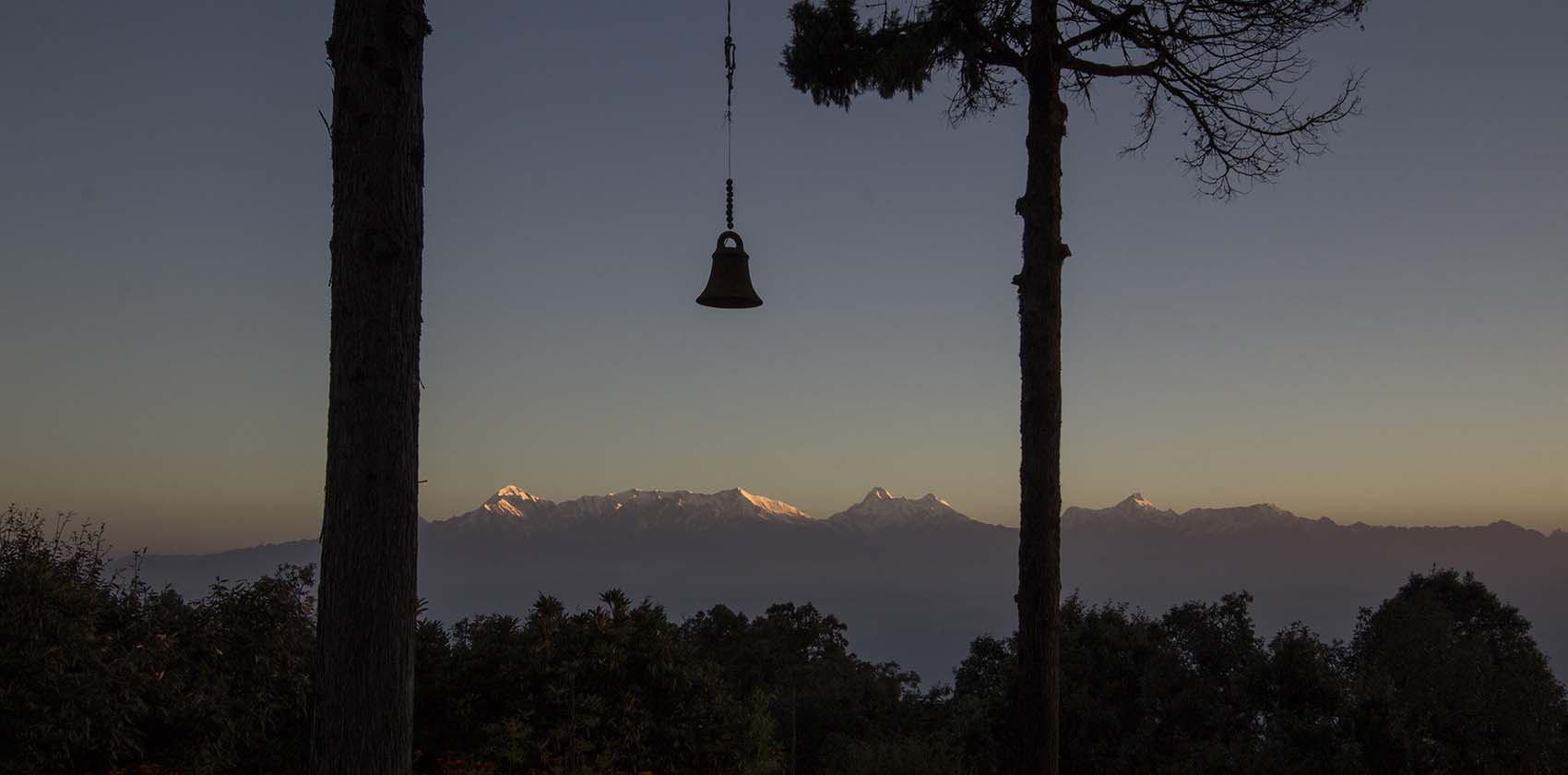
The mountains had always allured them and Kumaon could not escape their notice.
In 1839 Kumaon was divided into two districts Kumaon and Garhwal and in 1842 another district called Tarai was formed. This arrangement continued until 1891. In 1892 there was reorganization and the new districts were named Almora, Nainital and British Garhwal. This order remained in force throughout the British rule.
In 1857 the headquarters of the Kumaon commissioner was shifted from Almora to Nainital. Despite constraints of rugged terrain, agriculture flourished till the beginning of the 19th century when a great decline occurred on account of the repressive Gorkha rule. Following the British control, agricultural production showed a progressive rise. Under encouragement from Henry Ramsay, the then commissioner of Kumaon the cultivated area increased vastly. In the Tarai, various crops showed substantial improvement.
In the days before the British Raj, Binsar was probably considered a sacred and spiritual place with its expanse of wilderness and breathtaking views of a 500 kms sweep of Himalayan peaks from Kedarnath in the West to Nampa in the East, with the Mother goddess of Uttarakhand, Nanda Devi, at the center of this awe inspiring Northern skyline. Superstitions and myths of ghosts and forest spirits as well as the very real threat of leopards and bears must have kept the local population inhabiting the valleys at the foot of the mountain away, except perhaps to gather medicinal plants and wild fruit, and to pay homage to Shiva at the Mahadev temple on festive occasions. It was into this untamed and forbidding mountain forest-world that an intrepid British administrator based in Almora, the capital of Kumaon thirty kilometers away, first ventured on a trek or hunting expedition towards the middle of the nineteenth century.
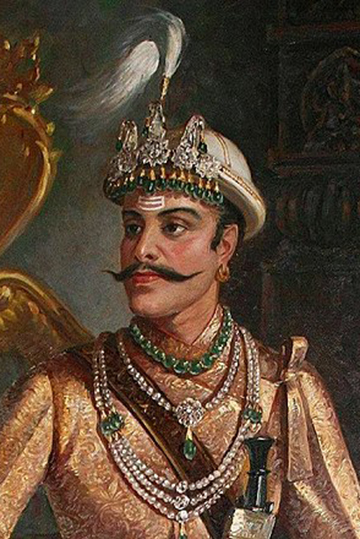
There is no doubt that the Gorkha rule was extremely oppressive and may be called the worst period in the history of Kumaon. Uncultivated fields, deserted houses and a ruined economy were the results of the brutal rule of the Gorkhas. Gorkha military officials held all important positions during the Gorkha regime, and they ruled for twenty five years, with the locals being relegated to the background. They plundered and looted the wealth of the local people and practiced slave trade. The judicial system was arbitrary. In cases of disputes, the names of the parties involved were written on slips of paper and placed before an idol in a temple, and the name found in the one picked by the priest of the temple was declared winner. The whole judicial system was crude and cruel. The oppressive Gorkha rule eminently qualifies to be called the darkest period in the history of Kumaon. The British arrived by then and conquered Kumaon in 1815 A.D.
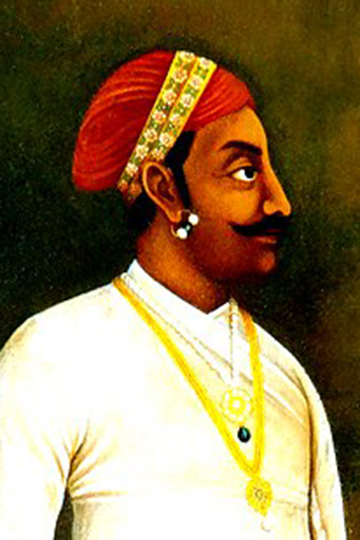
The origin of the Chands is a matter of debate.
With the creation of a power vacuum following the decline of the Katyuris, the Chanda and the Raikas ruling the neighbouring principalities vied for political supremacy that culminated in the Chands subjugating nearly the whole of Kumaon.
The most accepted view of the Chand ascendency is that, Thohar Chand was the founder of the dynasty in 1261 A.D. As his line became extinct after his great grandson, Gyan Chand, a direct descendant of Thohar Chand's uncle ascended the throne with Champawat as the capital. This view finds support in the epigraphical material discovered recently. During his reign of over 40 years, Gyan Chand consolidated the kingdom. A later ruler, Bhishma Chand, shifted the transfer of the capital from Champawat to Almora in order to free himself from an over-reaching bureaucracy. Baz Bahadur Chand was the most powerful king of the Chand dynasty and he annexed territories and brought the whole of Kumaon under his rule. During the Chand rule, the Chands of Kumaon fought frequently with the Panwars of Garhwal as both carried strong territorial ambitions.
The population of Kumaon during the medieval period was predominantly agrarian. Sheep farming and cattle rearing were the other vocations. Buildings constructed during this period were embellished with wooden doors, windows etc, evidencing the growth of carpentry as a trade. Trade was well developed, with the Kumaon regime being noted in the Mughal Court for gold, arsenic, silver, copper, musk, honey, swords, daggers, and many other goods. The medieval period also saw rapid development of the Kumaoni language. All the ruling dynasties of the period used it as their official language. Due to instability during the reign of Mahendra Chand Singh in 1790 A.D., the Gorkhas of neighbouring Nepal invaded Kumaon and established their rule.
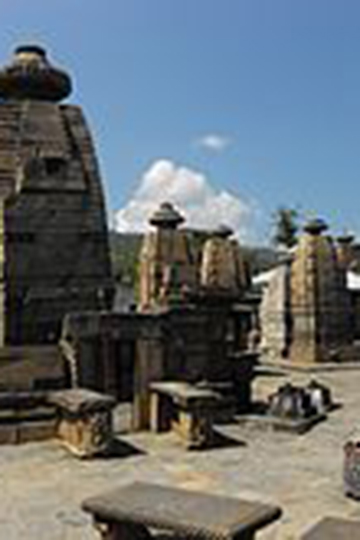
During the early medieval period, the Katyuris, deriving their name from the Katyur Valley in Almoravid district, ruled Binsar.
They held sway far and wide including the whole of Kumaon, Garhwal, parts of western Nepal, parts of eastern Himachal Pradesh, and more. During the Katyuri reign, art and architecture blossomed and found expression in the construction of a large number of temples, forts and sculptures. It was mostly influenced by the Gupta art in the initial stages, and developed later with close similarities to the Guevara-Pratihar art, thus exhibiting striking parallels with the then prevailing art constructs of North India.
Agriculture and cattle rearing were the two main vocations of the people, though a lot of others were engaged as sculptors, potters, masons, weavers, tanners, dyers, carpenters, tailors, iron-smiths, cobblers, tailors, warriors, priests etc. As evidenced by the inscriptions and sculptures, music, dance, gladiatorial combat, hunting and drinking were the forms of sports, recreation and pastime of the people. The artifacts of this period, illuminates our understanding of the religious history of the region during this period. Shiva appears to have been the most popular deity. As the medieval period grew on, a slow decline of the Katyuri kingdom set in and by the eleventh century AD, it enabled the neighbouring kingdoms to gradually annex the Katyuri territories. The medieval period witnessed the slow decline of the Katyuri Kingdom and synchronized with the Chand ascendency.
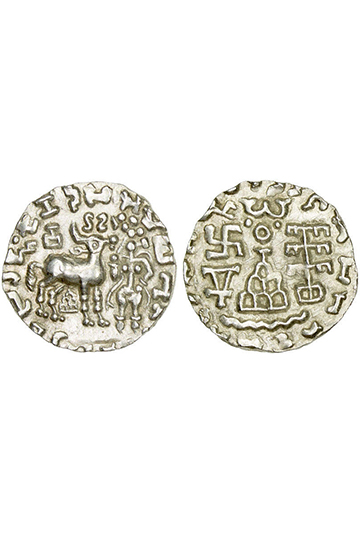
The historical period synchronizes with the rise of the Kunindas whom we know from a large number of coins and through the accounts given by Panini, Ptolemy and Varahamihira and references in ancient literary texts such as the Mahabharata, the Ramayana, the Puranas, the Mahamayuri and the Parashara Samhita. The combined testimony of literary and numismatic sources leave no room for doubt that the Kunindas reigned supreme in Kumaon from the time of Panini (500 B.C) to that of Varahamihira (6th century A.D). The Kuninda society was tribal in character and the people lived in village communities far and wide as borne out by the remains of brick structures raised over the foundation of river-bed pebbles as noticed at Ranihat in Tirhi Grawhal which are indicative of Kuninda architectural practices.
It is from Kuninda times that the literary texts speak of a number of tribes living in the mountains. The influx of different communities during this period influenced the socio-political life of this region considerably.

40,000BC-8,000BC -The Upper Paleolithic Period (Son Human - Son River Inhabitants)
It is believed that human societies of stone age came to Uttarakhand via Kashmir and Punjab
in the west and were named as “Son Human” (Son River inhabitants).
8,000BC-2,700BC - Mesolithic Period (Lakhu Udiyar - Rock Paintings)
Stone age tools in Nanital and Almora districts and painted rock shelters are situated in close proximity of a
dolmenoid structure at Dalband near Barechhina. Paintings on the rock were found in Lakhu Udyar Almora, Kimni Village, Gyarkhya gufa in Chamoli districts. Some more paintings were found in Levpath, Falsima and pethshala in
Almora, Hudli in Uttarakhand and Bakhot in Pithoragarh.
2,700BC-1,500BC -The Aryans
The Aryans - nomadic cattle herders who came from Central Asia and crossed the Hindu Kush Mountains to migrated into the Indian subcontinent.
1,500BC-500BC -Vedic Period (The Advent of Aryans)
Aryans in the Rig Ved were aware of Uttarakhand. It was referred to by various names such as Himwant, Himawat and Madhya Desh. An
Aryan tribe named Trstsus, was said to have exercised authority over the Uttarkhand region for some time. There are also references to territorial skirmishes between the Dasyus and Aryans. Some historians opine that the Dasyus
could have been the Dasas, the aboriginals of Uttarakhand